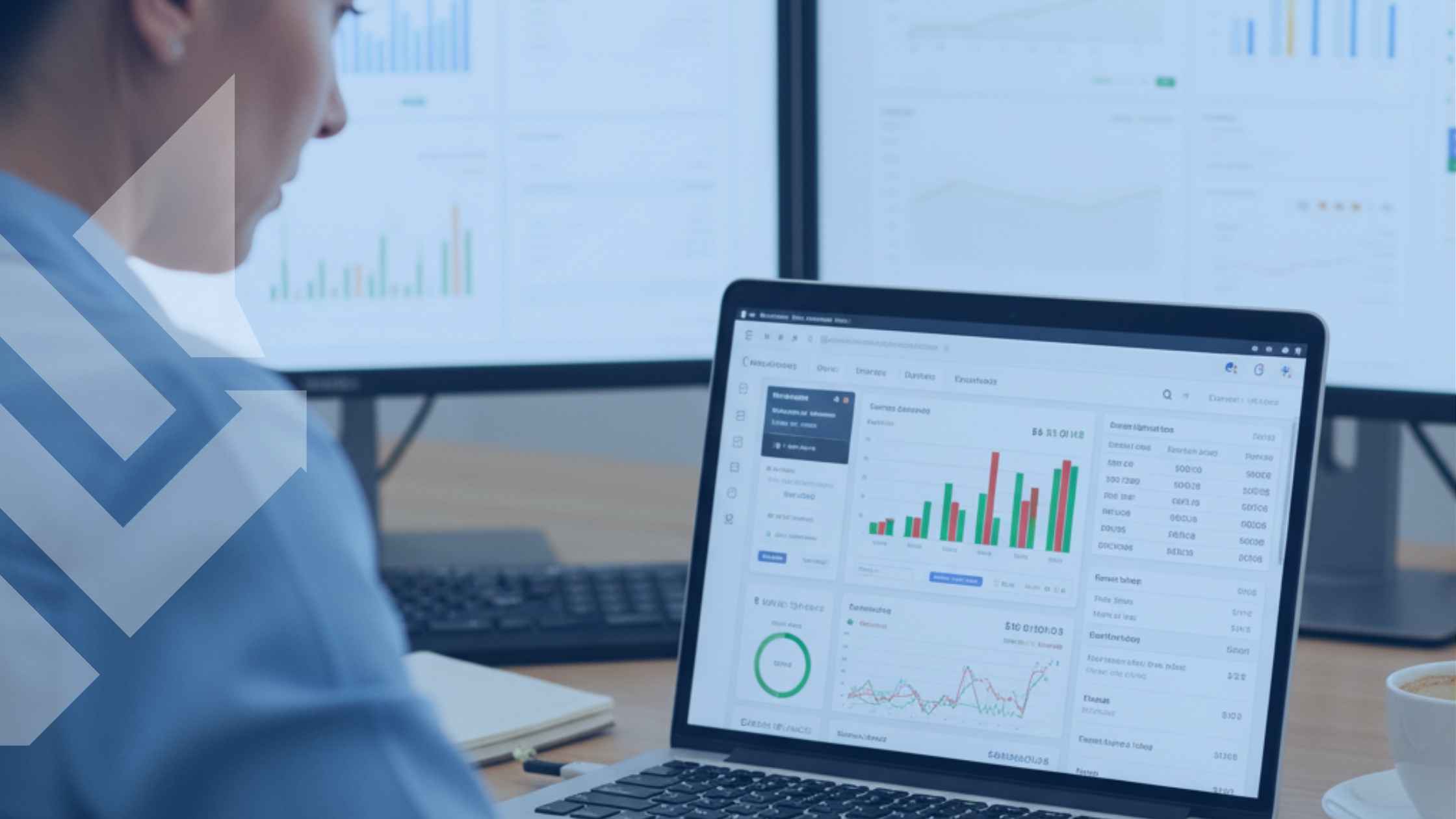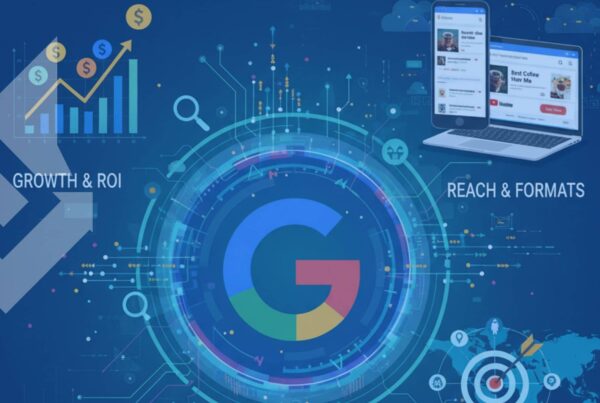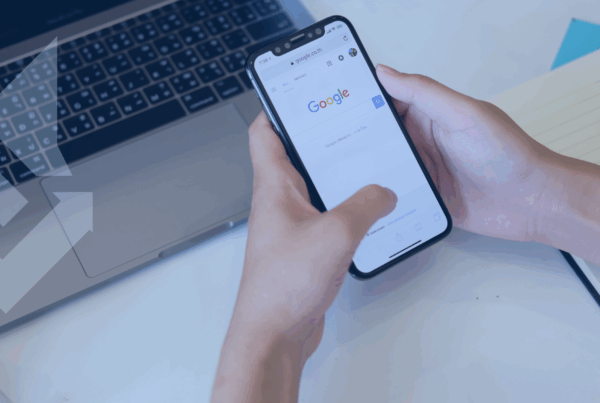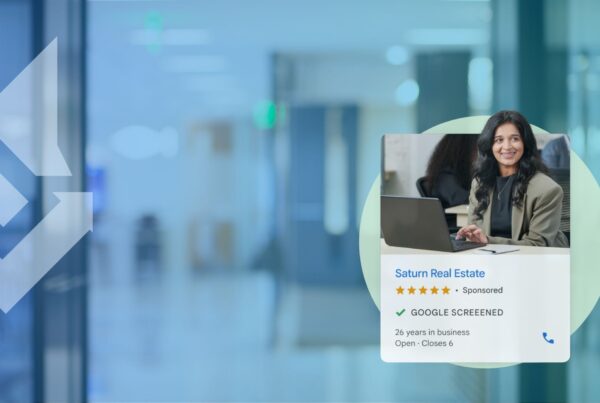Last updated on December 9th, 2025 at 05:12 pm
When it comes to pay-per-click (PPC) advertising, two names dominate digital marketing conversations: Bing Ads vs Google Ads. Both can generate impressive returns on investment (ROI), but choosing the right one depends on your audience, budget, and goals.
If you are deciding where to allocate your PPC spend or wondering whether running both platforms could double your results, this guide breaks it all down. We will compare Bing Ads and Google Ads side by side, reveal their key differences, and help you find the smartest way to invest your marketing dollars for the highest ROI.
Contents
Understanding Bing Ads vs Google Ads at a Glance
Before you pick sides, it is important to understand what sets these two platforms apart.
Bing Ads (officially called Microsoft Advertising) powers ads across Bing, Yahoo, and AOL search networks. While it controls a smaller portion of search traffic, it tends to attract older, higher-income, and desktop users, an audience that often converts at a higher rate.
Google Ads, on the other hand, is the undisputed leader in search advertising. With nearly 90% of global search market share, Google Ads offers unmatched reach, data, and automation tools.
Here’s a quick comparison:
| Feature | Bing Ads (Microsoft Advertising) | Google Ads |
|---|---|---|
| Market Share | ~9% of global search traffic | ~90% of global search traffic |
| Audience | Older, higher-income, desktop-heavy | Broader, younger, mobile-heavy |
| Average CPC | 20–35% lower | Higher due to competition |
| Ad Networks | Bing, Yahoo, AOL | Google Search, YouTube, Maps, Display |
| Strength | Lower CPC, B2B-friendly | Scale, AI tools, reach |
Google Ads is unbeatable for reach and volume, while Bing Ads excels in cost efficiency and precision targeting.
Key Differences That Impact ROI
ROI is not just about clicks. It is about conversions that matter. Here is how Bing and Google differ in the areas that influence profitability most.
Audience Demographics
Bing’s audience tends to be older, wealthier, and decision-focused. It is especially popular among professionals using desktop devices, often in corporate or B2B settings.
Google’s user base skews younger and more mobile, appealing to eCommerce and lifestyle brands that rely on constant visibility and volume.
This difference in user behavior means:
- Bing often produces fewer but higher-quality leads.
- Google drives higher traffic but sometimes higher costs.
Average CPC and Competition
Competition on Google Ads is fierce, especially in industries like law, insurance, SaaS, and healthcare.
Because of this, Google’s average cost per click (CPC) can be up to 40% higher than Bing’s. That means advertisers often pay more for each visit, even if conversion rates are similar.
Bing Ads operates in a less crowded ecosystem. Lower competition leads to more affordable clicks, making it ideal for small to mid-sized businesses or those with limited PPC budgets.
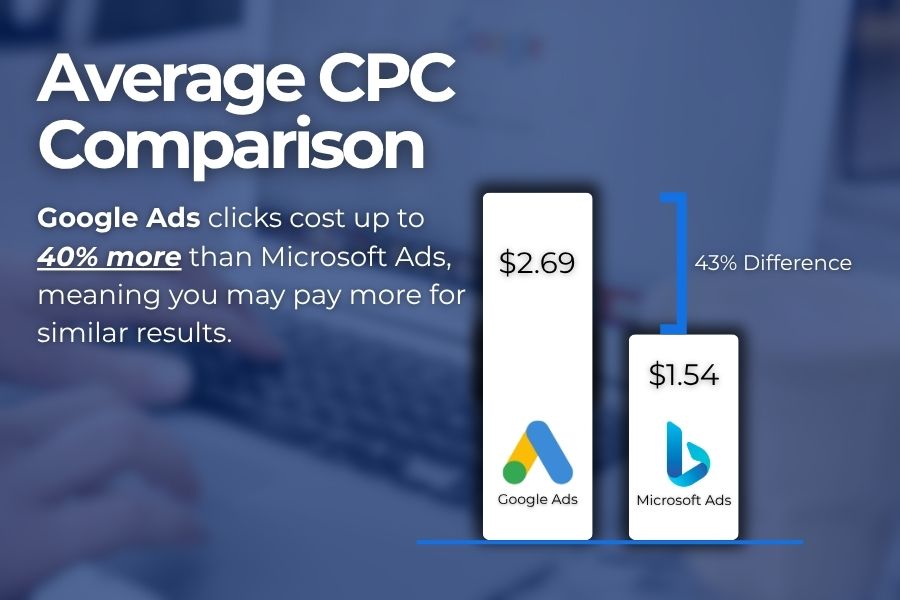
Conversion Rates and Click Quality
While Google’s reach is massive, not all clicks carry the same intent.
Bing’s audience, on average, converts at 10–20% higher rates, particularly in industries like finance, B2B services, and education.
Why? Bing users are often decision-makers using work computers, meaning there is less browsing and more buying.
Google wins in volume, but Bing can win in efficiency. A balanced strategy can leverage both by using Google Ads for top-of-funnel awareness and Bing Ads for high-intent, cost-effective conversions.
When Bing Ads Might Outperform Google Ads
Let’s get practical. When does Bing Ads make more sense for your campaign?
1. Lower CPC and Higher ROI in Niche Markets
If you operate in a specialized industry or target a local market, Bing can outperform Google.
WolfPack client example:
A regional accounting firm ran Bing Ads alongside Google Ads for three months.
- Bing Ads delivered a 22% lower cost per acquisition (CPA)
- And a 17% higher conversion rate compared to Google Ads.
That is real-world ROI and proof that smaller networks can drive serious value.
2. Stronger Desktop Performance
Roughly 70% of Bing searches come from desktop users.
This makes it a strong platform for:
- B2B services
- Professional industries
- High-consideration purchases (software, finance, real estate)
If your audience is desk-based or older, Bing is a PPC powerhouse hiding in plain sight.
3. Ideal for Smaller Budgets
Because CPCs are lower, test campaigns on Bing Ads can stretch budgets further.
Advertisers can experiment, learn which messages resonate, and scale to Google Ads with refined strategies.
When Google Ads Delivers the Better Return
1. Reach and Volume
Google Ads captures over 8.5 billion searches per day, giving it an unmatched ability to scale.
It is ideal for advertisers who want reach, quick testing, and global exposure.
If you sell products online, run brand campaigns, or rely on remarketing, Google Ads should be your foundation.
2. Better for Mobile and eCommerce
Google dominates the mobile search landscape.
For brands leveraging:
- Google Shopping
- YouTube Ads
- Discovery campaigns
Google’s ecosystem integrates seamlessly across devices, apps, and audiences.
3. Automation and Audience Tools
Google’s AI-powered bidding, Responsive Search Ads (RSA), and Performance Max campaigns offer optimization capabilities that Bing Ads is still developing.
If your brand relies on smart bidding, audience segments, or predictive targeting, Google Ads delivers efficiency at scale.
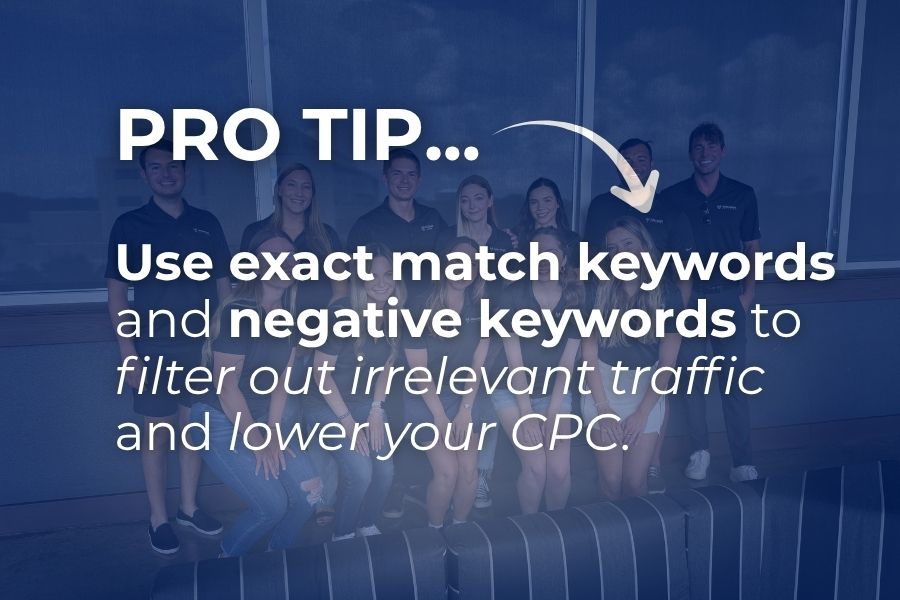
Bing Ads vs Google Ads for Maximum ROI When Running Both Platforms Together
The smartest advertisers do not choose one. They use both.
Running Bing and Google Ads together helps balance cost, reach, and audience diversity.
Here is how:
- Bing Ads captures cheaper, often higher-intent leads.
- Google Ads drives higher volume and supports broader retargeting.
Together, they form a blended PPC ecosystem where each platform supports the other.
How to Make It Work
- Mirror high-performing Google campaigns in Bing Ads for instant traction.
- Adjust bids and keywords based on platform-specific CPC and CTR trends.
- Use cross-channel attribution to measure total ROI, not just per-platform conversions.
Visual Suggestion: Funnel diagram showing cost efficiency improvement when running both.
Factors to Consider Before Choosing Your PPC Platform
Before you commit, evaluate these key factors.
Budget Size and Flexibility
If your monthly budget is under $2,000, Bing Ads is a cost-effective way to learn and optimize.
For budgets above $5,000, integrating Google Ads is essential to scale reach and collect more conversion data.
Audience Behavior and Device Mix
Review your analytics.
- If your audience is mobile-heavy, choose Google Ads.
- If your audience is desktop-heavy or B2B, prioritize Bing Ads.
- If your audience is mixed, run both with adjusted bids per device type.
Industry Competitiveness
In highly competitive industries like law, insurance, or real estate, Google Ads costs can skyrocket.
Testing Bing Ads first can reveal hidden ROI and audience segments your competitors may be ignoring.
Related Questions
- How do Bing Ads and Google Ads differ in targeting options?
- Is Bing Ads worth it for small businesses?
- Which performs better for B2B marketing?
- How do conversion rates differ by device?
- Should I run both platforms to increase ROI?
- Which ad platform gives the best results for limited budgets?
These questions represent query fan-outs that help your content capture multiple search intents around “Bing Ads vs Google Ads.”
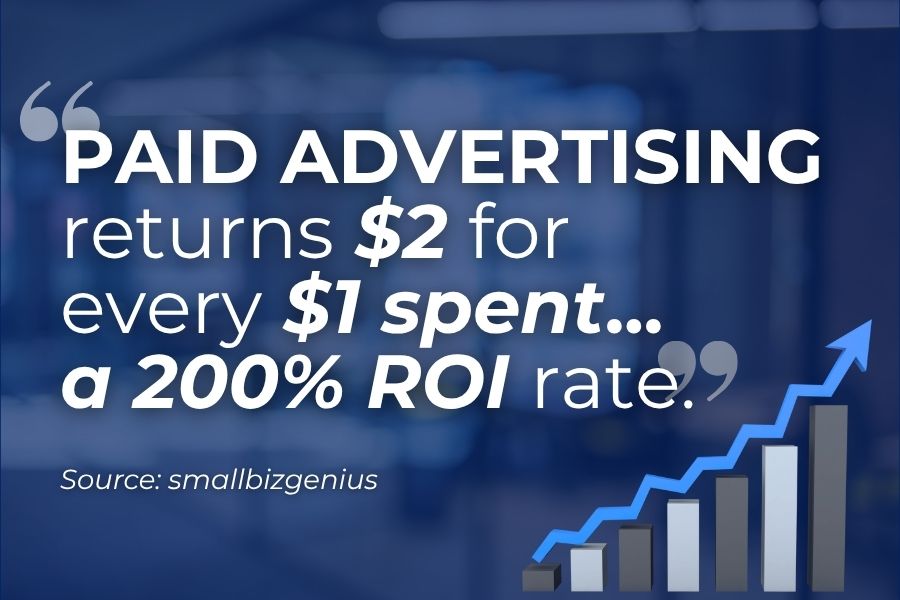
Conclusion
There is no universal winner between Bing Ads and Google Ads. It is about strategy, not favoritism. The most profitable PPC strategies blend platforms to reduce CPA, boost conversions, and cover every stage of the buyer journey.
If you want your ad spend to work smarter and not harder, WolfPack Advising can help.
Our PPC experts analyze data from both platforms to create a cross-channel strategy that maximizes your ROI with no wasted clicks and no guesswork.
Schedule a free PPC strategy session with WolfPack today to find out where your next profitable click should come from.


